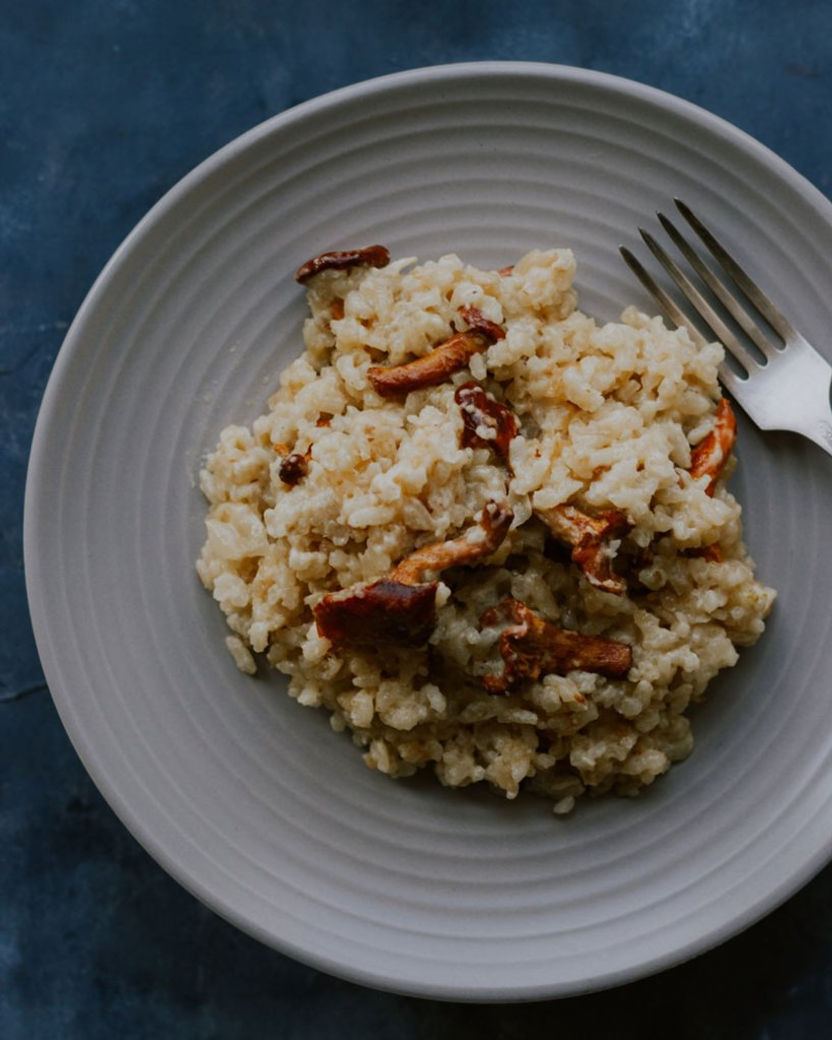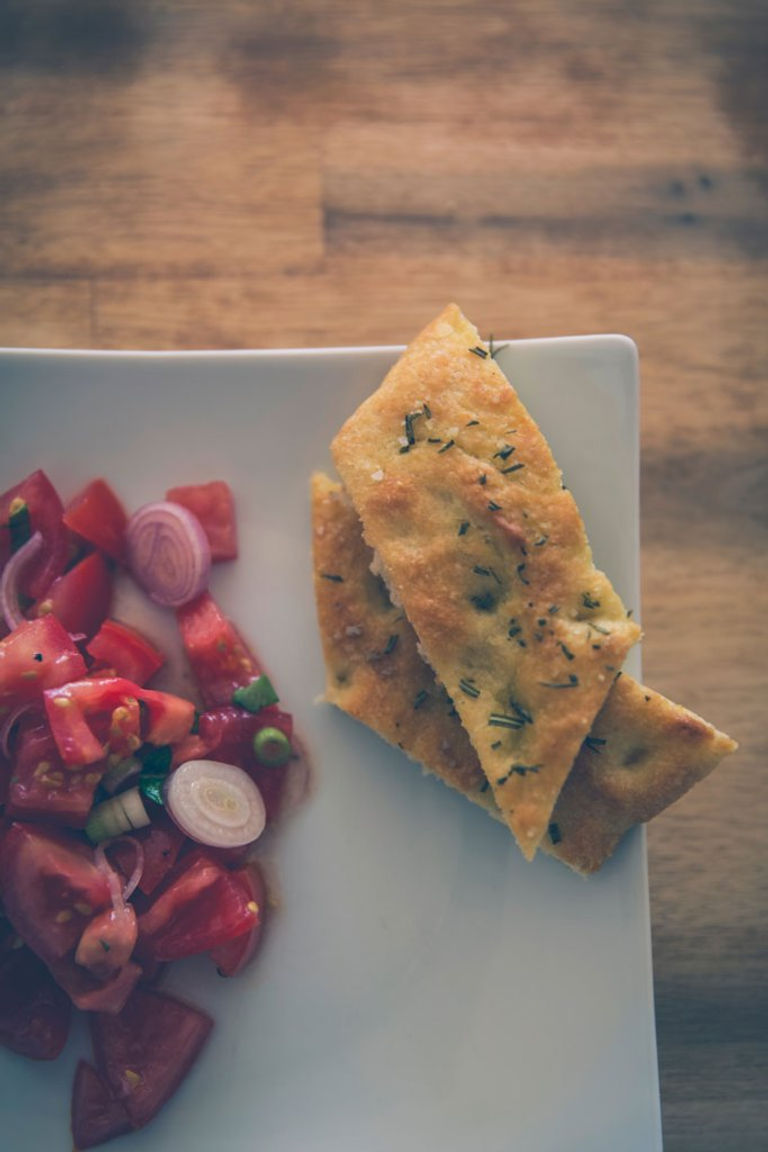7 Authentic Italian Dishes Using Wild Edible Food
- Lucie Rezackova
- Jul 14, 2020
- 5 min read
Updated: Mar 18, 2025
by Lucie Rezackova, Edited by Sierra Busch
Italians are known for cooking with fresh and local ingredients. Even though most food can be bought at stores or markets nowadays, the secret of authentic Italian dishes is using foraged wild mushrooms, greens and herbs!
Foraging for wild food is an ancient and unique Italian tradition and trying out this experience together with locals is highly recommended when visiting Italy.
Here are 7 authentic traditional Italian dishes that use local wild foods from all around the country!
5. Carduni Fritti (Fried Cardoon)

Photo by Charles Deluvio
Italian pasta with an exotic twist— that’s Pasta con le Sarde! The combination of spaghetti, sardines, pine nuts, raisins and wild fennel and saffron suggest bursts of original flavors. This authentic traditional Sicilian dish is not only super tasty, but also has a rich history. In the 9th century, Euphemius, a byzantine admiral, sailed to Sicily. His soldiers were hungry after a long storm and they needed strength for an upcoming battle. But there were only a few ingredients on the boat and little sardines swimming in the bay; so their cook mixed the available foods together and that’s how Pasta con le Sarde was born! Recipe here!
Risotto is one of the most traditional authentic Italian dishes! This wild mushroom version, being a staple of all Italian risottos, is a simple but fully-flavored vegetarian meal (best enjoyed on crisp Fall days when the stomach calls for something warm and satisfying).
The roots of traditional mushroom risotto lie in Northern Italy, particularly in the regions of Lombardy and Piedmont, where rice is produced and wild mushrooms flourish in the mountain areas.
The dish is very versatile: various wild mushrooms can be used. Try out the porcini risotto or mix several types of mushrooms together, either fresh or dried. The genuine taste of forest-foraged mushrooms goes perfectly with parmigiano cheese and white wine. The result will be rustic but soft and creamy at the same time. Recipe here!

Risotto ai Funghi
Imagine a light and refreshing summer dessert with freshly picked wild strawberries, blueberries, raspberries or blackberries… Isn’t that heaven on earth? Panna Cotta, or literally “cooked cream”, is an authentic Italian dessert from the region of Piedmont in northern Italy. The distinct flavor of frutti di bosco (fruits of the forest) simply can’t be replaced by store-bought strawberries or blueberries, so get ready to take out your baskets and go foraging for wild berries!
Recipe here! (You may need Google Translate, it’s written in very authentic Italian!)

Panna Cotta
Wild chicory is such a versatile green! It can be boiled in salted water for a few minutes, then sautéed in oil with garlic, and voilà, now you have a nice side dish for meat-based meals! Or try this simple and traditional Italian dish from southern Italy called “fave e cicorie”: a fava bean puree on one side of the plate and boiled wild dandelion/chicory on the other. Fresh, tasty and healthy Italian vegan meal! Recipe here!

Fave e Cicorie
5. Carduni Fritti (Fried Cardoon)
Carduni fritti is a typical Sicilian dish using local ingredients: wild cardoon and Sicilian lemons. This is the right meal for those who have a “fast-food” tooth but still want to get some vegetables down! After coming home from a long foraging session with bags full of wild cardoon, it’s definitely a well-deserved treat!
Recipe: Dredge your boiled wild cardoon stalks in flour, then dip them in whisked eggs and roll them in breadcrumbs, then eggs and breadcrumbs again. Quickly fry in a pan for about 1 minute on each side and serve as it is with a couple (or more than a couple, we’re in Sicily!) drops of freshly squeezed lemon juice.
Grated parmesan is always welcomed – either on top or added to the batter.
This Neapolitan soup’s name actually has a history, and it’s an interesting one. The soup is called “married” not because it would be served at weddings as the name indicates, but because of the way the meat and the vegetables are “married together” within this soup to create an absolute delicacy! The ingredients are very typical for the region of Campania, Italy – legumes and mostly foraged wild greens such as broccoli, kale, chicory or dandelion, endive, escarole or savoy cabbage have always been a big part of the local diet.
As meat was once rather rare, there are local differences in the traditional recipes to what kinds of meat were used in the soup (usually leftover chicken, pork or beef) and what was served with it (some recipes include grated local matured cheese or cornmeal flatbread). This Neapolitan staple has become very popular in other countries as well and the authentic Italian recipe is often modified by foreign influences, but nothing beats the authentic traditional version which includes freshly foraged local wild food. Recipe here!

Who doesn’t love the smell of freshly baked Italian focaccia? This traditional Italian bread is a perfect example of a simple but extremely satisfying meal that doesn’t cost a fortune. Basic focaccia contains olive oil and salt and is perfect as-is, but it can be also flavored with other ingredients like cheese, onions, olives or meat. The recipes differ from region to region, so there are endless versions of focaccia to try!
In season, locals try to utilize the abundance of wild herbs and add them to their authentic local dishes. Focaccia with wild herbs is an absolute explosion of authentic flavor, and so easy to make. Try out this recipe- it’s not only super tasty, but also a delight to the eye! Recipe here!

Have these authentic and traditional recipes featuring wild foraged foods sparked a little craving for an authentic Italian meal? Will you try to cook some of them at home? Don’t forget to tell us about it in the comments!
Creative Edge Travel offers small group and custom trips to the lesser-known areas of Italy. Visit our Upcoming Trips page to see where we’re headed next!
Disclaimer: It’s important that you correctly identify plants when foraging for food. Mushrooms are notoriously easy to mistake as there are poisonous versions that often look similar to the safe versions. Arm yourself with a quality guidebook made for the exact area you live in or find a local person who specializes in native plants of your area to come to your property and show you what’s already growing and edible on your land! Never eat anything you aren’t 110% sure you’ve correctly identified and always get a second, professional opinion.
This is an informational article only and should not be used to identify wild plants. Creative Edge Travel is not responsible for your resulting health after consuming wild plants and food.





